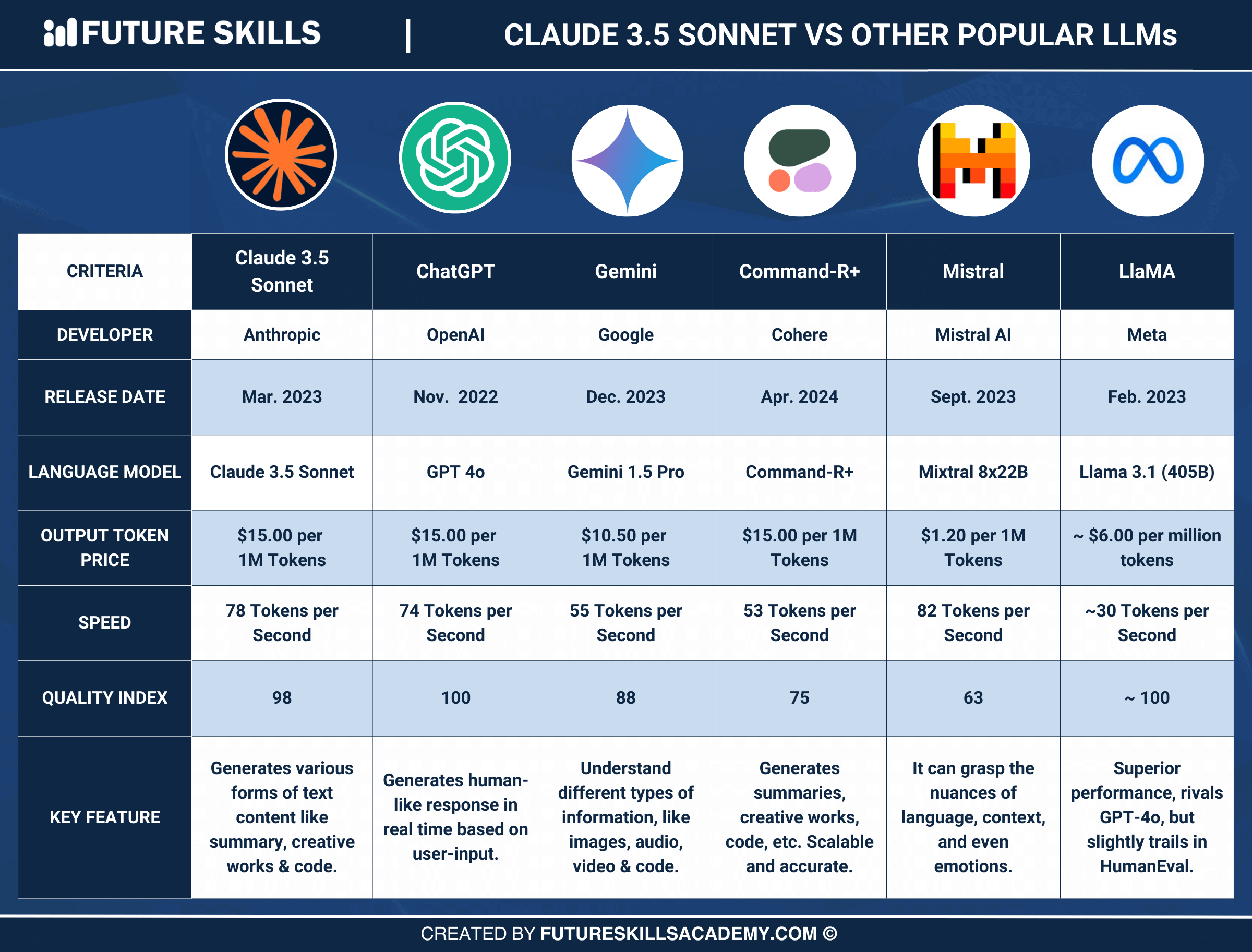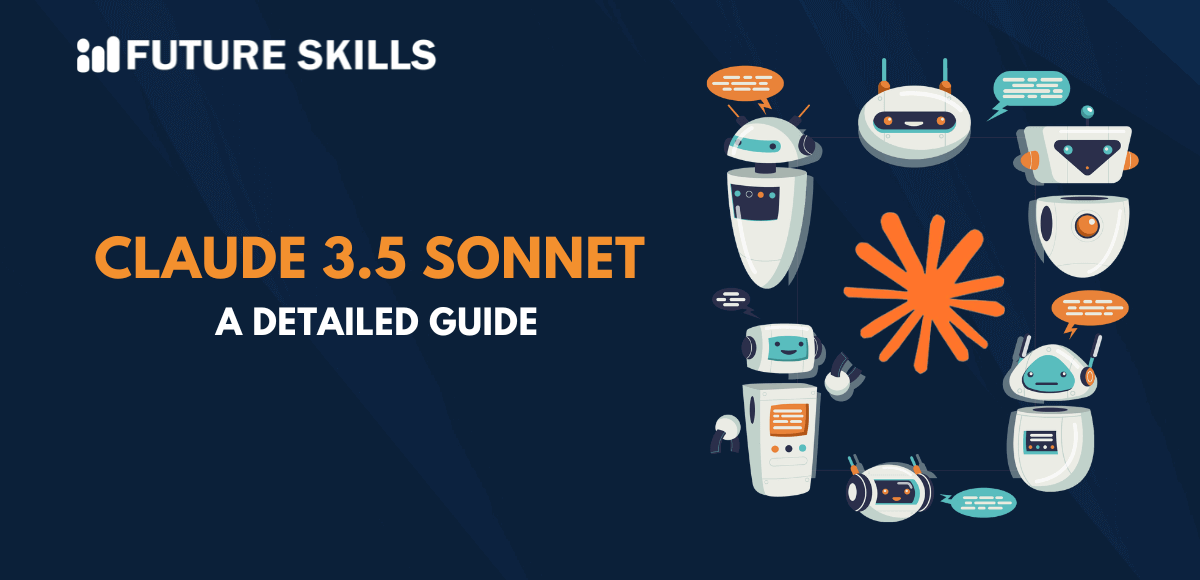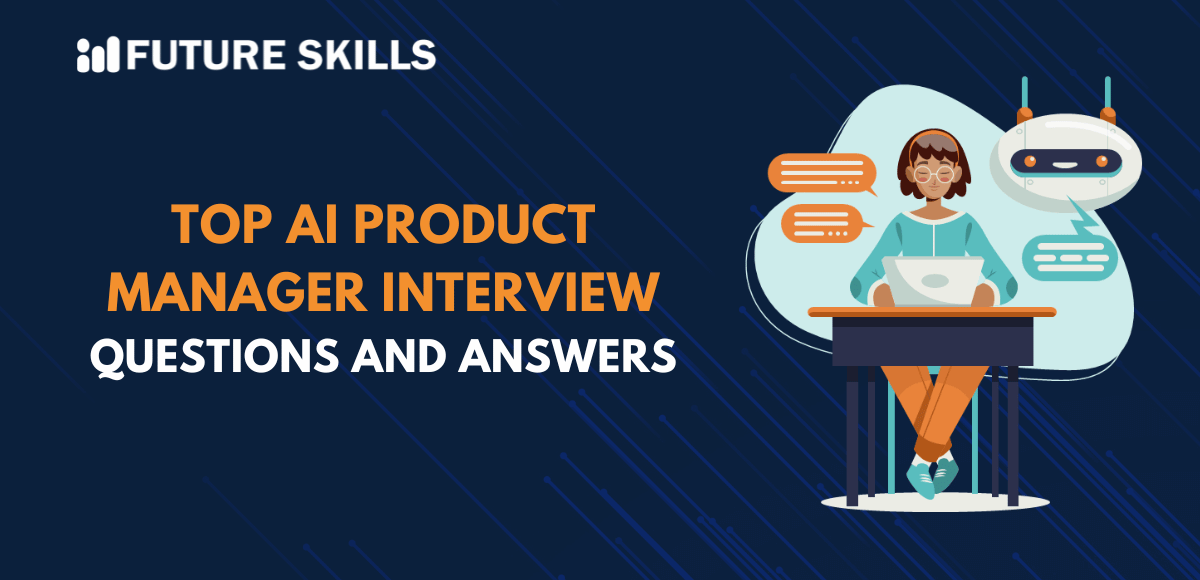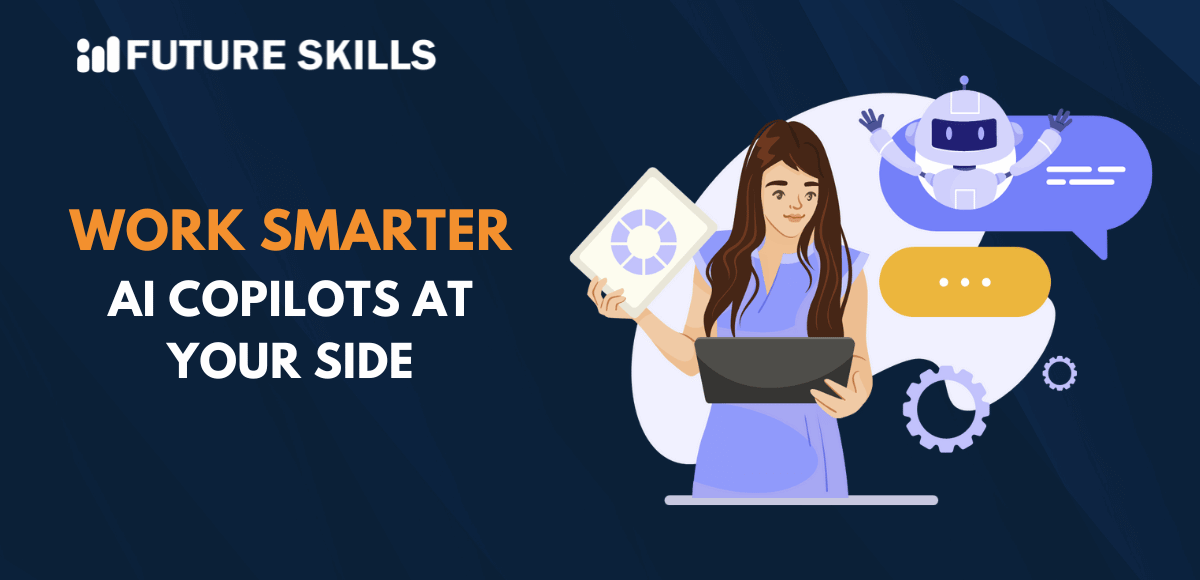Anthropic is one of the leading names in the modern AI landscape that has gained popularity in recent times for its Claude family of models. The Anthropic Claude 3.5 Sonnet is the latest addition among Claude models with advanced features. It has emerged as a formidable competitor to GPT-4o and Gemini 1.5 Pro by outperforming them on certain benchmarks. Claude 3.5 Sonnet has also surpassed its predecessor, Claude 3 Opus, in terms of speed and serves as one of the most significant advancements in the domain of AI.
Claude 3.5 Sonnet can shape the future of the AI revolution with extended capabilities to serve different fields. It stands out as an excellent choice for tasks that involve coding, graduate-level reasoning and undergraduate-level knowledge. Claude 3.5 Sonnet has better capabilities to follow instructions and offer nuanced responses that are useful for a wide range of applications. Let us learn more about Claude 3.5 Sonnet and find out whether it is better than GPT-4o and Gemini 1.5 Pro.
Looking for the best career path in AI? Enroll in our Certified AI Professional (CAIP)™ Course and learn how AI can transform your career.
Exploring an Introduction to Claude 3.5 Sonnet
Claude 3.5 Sonnet is the first addition in the Claude 3.5 model family planned by Anthropic. The model was launched in June 2024 with the objective of developing an AI model that outperforms other models available in the market. It can revolutionize the Anthropic Claude AI model family by offering a good start with advanced capabilities. You must also note that the Claude 3.5 Sonnet outperforms the Claude 3 Opus on different benchmarks at the cost of Claude 3 Sonnet.
Users can access Claude 3.5 Sonnet on the Claude.ai website and the Claude iOS app for free. Claude Pro and Team users can also enjoy higher rate limits on Claude 3.5 Sonnet. You can also access the AI model through Anthropic AI, Google Cloud Vertex AI, and Amazon Bedrock. It offers a context window of 200K and costs around $3 for a million input tokens and $15 for a million output tokens.
Discovering the Use Cases of Claude 3.5 Sonnet
Claude 3.5 Sonnet can be the most useful choice for different types of use cases. The notable examples of their applications include customer support and content creation. You can also use Claude 3.5 Sonnet for visual reasoning and coding tasks with better speed at comparatively lower costs. It sets a new precedent for the applications of Anthropic Claude models and makes them a formidable competitor to other AI models.
The advantages of using Claude 3.5 Sonnet are visible in the efficiency with which it handles different tasks. The model can provide responses that are relevant to the context of customer support interactions and can generate engaging content for different purposes. Claude 3.5 Sonnet also excels at visual reasoning tasks such as interpreting graphs and charts or transcribing text from images. You can also rely on the model for solving complex coding problems and translating code into other languages.
Identify the Advantages of Claude 3.5 Sonnet
The next important aspect in an introduction to Claude 3.5 Sonnet is the list of its advantages. You can find answers to queries like ‘Is Claude 3.5 Sonnet good?’ by learning about the benefits it brings to the table. It is two times better than Claude 3 Opus in terms of speed, thereby offering the assurance of productivity. The new Claude model also offers significantly better proficiency in solving problems independently and coding tasks.
The visual reasoning capabilities of Claude 3.5 Sonnet make it useful for industries that depend on image data. It also ensures easier accessibility of advanced AI and frontier intelligence at lower costs. The capabilities of Claude 3.5 Sonnet in advanced reasoning offer the flexibility to use it in complex decision making processes.
Comparison between Claude 3.5 Sonnet, GPT 4o, and Gemini 1.5 Pro

The search for answers to queries about the performance of Claude 3.5 Sonnet also creates doubts about its performance as compared to GPT 4o and Gemini. The Claude 3.5 Sonnet vs GPT 4o vs Gemini comparison should emphasize the fact that the new Sonnet model can offer frontier intelligence at two times the speed. It has set new benchmarks in coding proficiency, graduate-level reasoning and undergraduate-level knowledge. The AI model can understand complex instructions, humor and subtle nuances and can generate high-quality content in a relatable and natural tone.
Claude 3.5 Sonnet is better than Claude 3 Opus in speed and offers a significant performance boost. The cost-effective pricing of the new model ensures that you can use it for complex tasks such as managing multi-step workflows and context-relevant customer support. Claude 3.5 Sonnet has the capability to solve 64% of coding problems such as fixing a bug or adding new functionalities to open-source codebases. It is also capable of independently writing, editing and executing code with its advanced capabilities for reasoning and troubleshooting.
Claude 3.5 Sonnet outperforms GPT 4o and Gemini 1.5 Pro in many other benchmarks such as multilingual mathematics, reasoning over text, grade school mathematics and mixed evaluations. It only fails to match up to GPT 4o in the math problem-solving benchmark. The good news for users of the new Anthropic AI Claude model is that it is better than Gemini 1.5 Pro in all benchmarks for reasoning and problem-solving.
Evaluation of the Visual Reasoning Capabilities of Claude 3.5 Sonnet
The visual reasoning capabilities of Claude 3.5 Sonnet are the most interesting highlights of the model. It is the most impressive language model in the Claude family with strongest vision capabilities. Claude 3.5 Sonnet is better than Claude 3 Opus on the most common vision benchmarks and can be useful for tasks that involve visual reasoning. You can use it in different industries such as financial services, retail and logistics where you need text transcription from images.
Claude 3.5 Sonnet introduces a new approach to one of the revolutionary use cases of AI models. It can help you leverage the capabilities of AI to gain more insights from graphics, illustrations or images than text. Claude 3.5 Sonnet only lags behind in the visual question answering benchmark when compared to GPT 4o. The AI model outperforms its biggest competitors, GPT 4o and Gemini 1.5 Pro in other visual reasoning benchmarks.
Our ChatGPT Certification Course will boost your overall performance by teaching you how to use it to its full potential. Enroll today!
Navigating through the Utility of Artifacts in Claude 3.5 Sonnet
Anthropic also introduced artifacts along with Claude 3.5 Sonnet to transform the conventional approaches for user interactions with Claude. Users can make the most of the new Claude language model for generating content with the help of artifacts. You can rely on artifacts for generating a dynamic workspace that supports viewing, editing and building on the existing creations of Claude. Artifacts can support seamless integration of AI-generated content in your workflows and projects.
Artifacts are still a preview feature and represent the evolution of Claude into a collaborative work environment. It may evolve further to accommodate support for collaboration between teams. Claude 3.5 Sonnet may enable teams to centralize their documents, workflows and knowledge in one shared environment where Claude serves as an on-demand assistant.
Does Claude 3.5 Sonnet offer Safety and Privacy?
Claude models are new and create concerns about security and privacy of users. Anthropic implements rigorous testing procedures for the Claude LLM family and ensures that they don’t encourage malicious user behaviors. Claude 3.5 Sonnet may have taken a massive leap in terms of frontier intelligence. However, it has some shortcomings in the outcomes of red teaming assessments.
The team at Anthropic follows their commitment to transparency and safety by using the skills of external experts. The additional support may support testing and refinements in the safety mechanisms of Claude 3.5 Sonnet. Anthropic has recently sent the model to the Artificial Intelligence Safety Institute of UK for comprehensive safety evaluation before deployment. Anthropic also used policy feedback from external subject matter experts to account for new trends in malicious use of AI.
Privacy is also one of the most significant constitutional principles underlying AI model development at Anthropic. The team at Anthropic does not use user-submitted data for training their generative models without their explicit permission. Interestingly, Anthropic has not used any customer data for training of their generative models.
The answers for queries like ‘Is Claude 3.5 Sonnet good?’ also point out that Anthropic aims to introduce substantial improvements in the tradeoff curve between speed, cost and intelligence. You can expect new additions to the Claude 3.5 model family with the release of Claude 3.5 Opus and Haiku. Furthermore, Anthropic aims to introduce more improvements. The new features and modalities planned by Anthropic would support new business use cases.
Boost your AI expertise with Ethics of Artificial Intelligence (AI) Course which includes real-world examples and guidance from the instructors throughout the course.
Final Thoughts
The launch of Anthropic Claude 3.5 Sonnet in June 2024 sent ripples through the AI ecosystem for its new capabilities. It is probably the most advanced AI model right now with the capabilities to deliver frontier intelligence at better speed. The cost-effectiveness of Claude 3.5 Sonnet is also one of the significant highlights that can improve its accessibility. Learn more about the Claude family of models to know why they are special in the modern AI ecosystem now.







